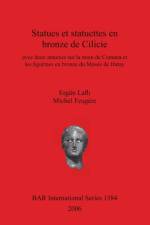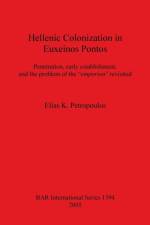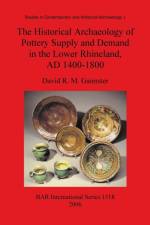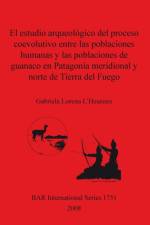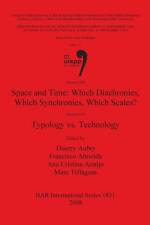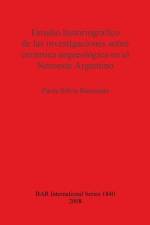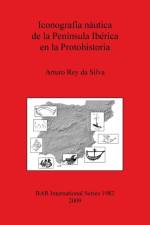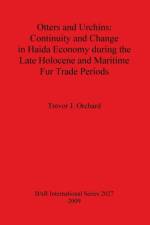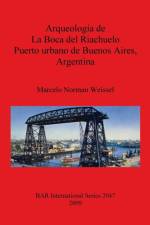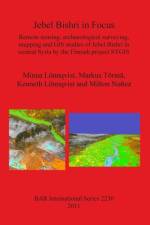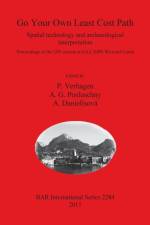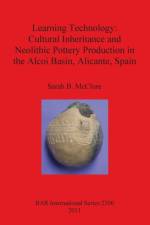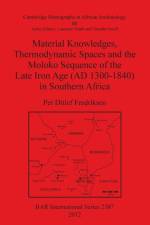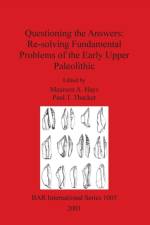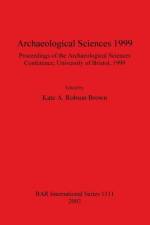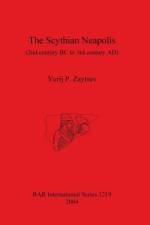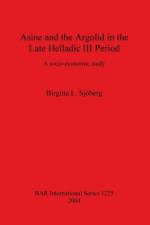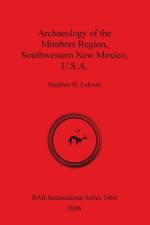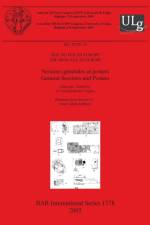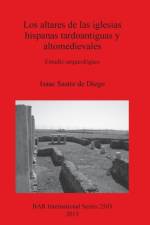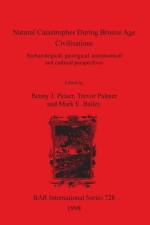- Remote sensing, archaeological surveying, mapping and GIS studies of Jebel Bishri in central Syria by the Finnish project SYGIS
von Milton Nunez, Kenneth Loennqvist, Minna Loennqvist & usw.
248,00 €
Written by Minna Lönnqvist, Markus Törmä, Kenneth Lönnqvist and Milton NuñezThis book presents the work of the Finnish project SYGIS on Jebel Bishri, a mountainous region in Central Syria. The main focus of this archaeological project was to unambiguously locate discovered sites on the Earth's surface in order to provide a starting point for the recording and creation of data to help with the cultural heritage management of Syria, as well as to help prevent looting and to aid in the preservation of cultural remains in this vulnerable area. The sites encountered during this project covered a time span of nearly 0.5 million years and in a series of chronological chapters the development of human cultures in the Jebel Bishri region over the course of time is explored. The interaction of people between different environmental zones and the cultural longue durée emerge as themes of particular importance.With contributions by Sanna Aro-Valjus, Minna Falck, Michael Herles, Merja Kaario, Markus Königsdörfer, Donald Lillqvist, Kirsi Lorentz, Martti Nissinen, Jari Okkonen, Juha Pakkala, Anniina Pietilä, Helena Riihiaho, Juhana Saukkonen, Taija Turunen, Arto Vuorela and Margot Stout WhitingEdited by Minna Lönnqvist and Kenneth Lönnqvist

